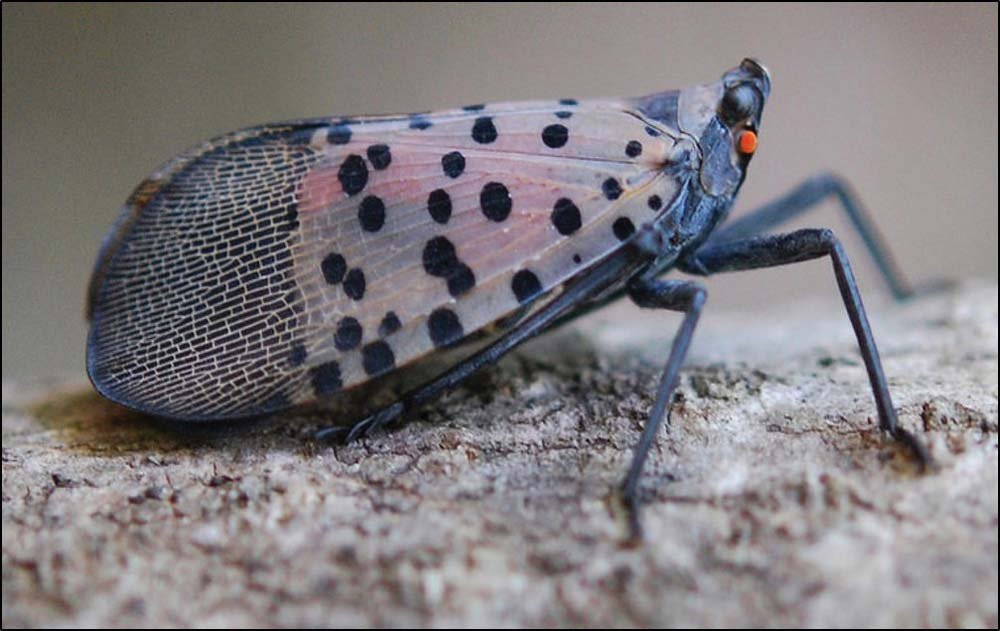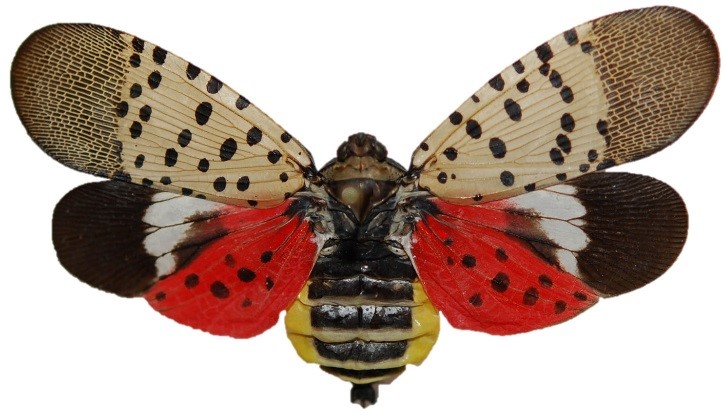
The top invasive insect pests impacting Colorado’s urban Front Range are Japanese beetle and emerald ash borer. Both pests are beetles with egg, larval, pupal, and adult stages. Both are originally from Asia and arrived in Colorado with the help of humans; neither pest could have crossed the Great Plains on their own. Neither pest has natural enemies and populations expand exponentially. Unfortunately, they are spreading and expanding their range in our urban areas. However, that’s where the similarity between these two invasive species ends.
| Japanese Beetle | |
| Where is the pest? | All along the 1-25 corridor from Pueblo to Wellington, including Boulder, Greeley, Fort Collins, Denver, Lakewood, Littleton, Englewood, Aurora, and Castle Rock. For the latest map: https://www.colorado.gov/pacific/agplants/where-japanese-beetle-colorado |
| What about quarantine laws? | External quarantines are still in place on nursery stock in containers larger than one gallon. Internal quarantines are still in place to prevent movement of infested plants from the Front Range to Western Slope. See more information: https://www.colorado.gov/pacific/agplants/japanese-beetle-quarantine-and-nursery-law-why |
| What are BMPs? | Rooted plants must be treated or otherwise certified free of Japanese beetle by the state plant health regulatory official prior to entering the State of Colorado. Plants originating in the Front Range must also be certified free of Japanese beetle by CDA prior to moving to the Western Slope. |
| Does one need to report the pest? | Pest reporting is not necessary – CDA is trapping and monitoring uninfested areas |
| Emerald Ash Borer | |
| Where is the pest? | Confirmed in communities of Boulder, Gunbarrel, Lyons, Lafayette, Louisville, Longmont, Superior, Berthoud, Broomfield, and Westminster. For the latest map https://csfs.colostate.edu/forest-management/emerald-ash-borer/ |
| What about quarantine laws? | Repealed – December 2019 |
| What are BMPs? | Don’t move ash chips unless double ground. Don’t move ash firewood. Do move these materials to wood workers, recyclers and landfills. |
| Does one need to report the pest? | Yes, please report any suspect trees to CDA (caps@state.co.us), CSU Extension or your City Forester. |
There’s a new invasive pest to watch out for.
Spotted lanternfly (SLF) is an invasive planthopper from Asia that was introduced into Pennsylvania in 2014. Since then the pest has spread to several neighboring states. The pest has not been detected in Colorado. This insect is of high risk to Colorado’s grape, orchard and hops industries on the Western Slope. It also impacts landscape and nursery trees, having the potential to become a similar economic strain in our urban areas as the Japanese beetle.
SLF adults lay egg masses on trees, campers, trucks, trailers, building materials, and many other living and nonliving items. It is highly mobile within our economic infrastructure. The weedy tree, Ailanthus or tree of heaven, is highly attractive to the insect and is our main focus of survey and monitoring; however, all nursery stock and hardscape materials from the eastern U.S. should be vigorously monitored.

Nymph 
Adult 
Wings of adult










